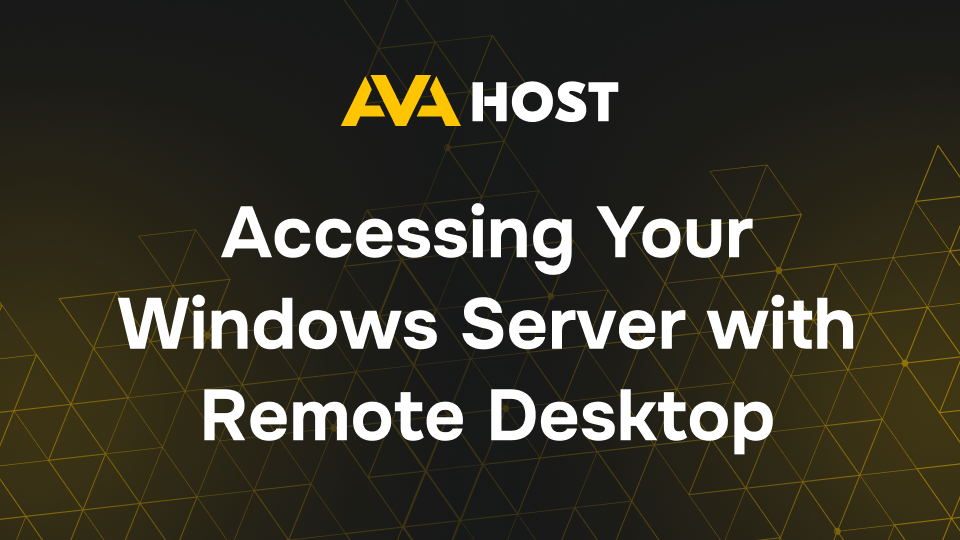F.A.Q

The ERR_SPDY_PROTOCOL_ERROR in Google Chrome is a frustrating issue that can prevent users from accessing websites — often Google services like Gmail, YouTube, or others. Although SPDY was a now-deprecated protocol once used to speed up web traffic, some servers and configurations can still trigger this error. In this guide, you’ll learn what causes this […]

The 400 Bad Request error occurs when the server cannot understand or process your request because it’s malformed, incomplete, or incorrect. Unlike server-side errors (like 500), this one typically comes from the client side — your browser, device, or request. What Does a 400 Bad Request Error Mean? When you visit a website, your browser […]

The header and footer are crucial parts of any WordPress server — they shape user experience, navigation, branding, and more. With Elementor, one of the most powerful page builders, editing these areas becomes simple and intuitive — even if you have zero coding knowledge. This guide walks you through how to edit headers and footers […]

If you’ve encountered the “The link you followed has expired” error in WordPress Hosting, you’re not alone. This common issue usually appears when trying to upload a theme, plugin, or media file via the WordPress dashboard. Fortunately, it’s not difficult to fix — and this guide will walk you through several proven methods to resolve […]

Understanding DNS DNS (Domain Name System) is the internet’s address book, turning names like example.com into IP addresses that connect you to websites. This guide breaks down how DNS works using google.com as an example, explains its importance, and offers practical tips for managing your own domain’s DNS with AvaHost. What is DNS? DNS is […]

The hosts file in Windows 10 dedicated servers is a plain text file used to map hostnames to IP addresses, allowing you to override DNS for specific domains. This is particularly useful for web development, testing, blocking websites, or redirecting domains locally. Here’s a step-by-step guide on how to safely edit the hosts file on […]

How to Start a Web Hosting Business Launching a web hosting business is a lucrative opportunity to tap into the growing demand for online services. Whether you’re a developer, entrepreneur, or agency, this guide simplifies the process of starting a hosting business with reseller hosting, VPS, or cloud-based services. With practical examples and tips, you’ll […]

LiteSpeed Hosting is a high-performance web hosting solution that utilizes the LiteSpeed Web Server to deliver faster loading times, improved security, and efficient resource management. AvaHost offers LiteSpeed Hosting plans with the following technical specifications: Performance and Storage From 5 up to 100 GB NVMe Storage: High-speed NVMe storage ensures rapid data access and improved […]

Symbolic links, also known as symlinks or soft links, are special files in Linux that act as pointers or shortcuts to other files or directories. They are extremely useful for simplifying file management, organizing resources, and providing alternative access paths. In this article, we’ll cover how to create and remove symbolic links in Linux using […]

Accessing Your Windows Server with Remote Desktop Remote Desktop Protocol (RDP) is a built-in Microsoft technology that allows users to connect and control a remote Windows server as if they were sitting right in front of it. Whether you’re managing a VPS, a dedicated server, or a cloud-based instance, Remote Desktop provides a secure, graphical […]


